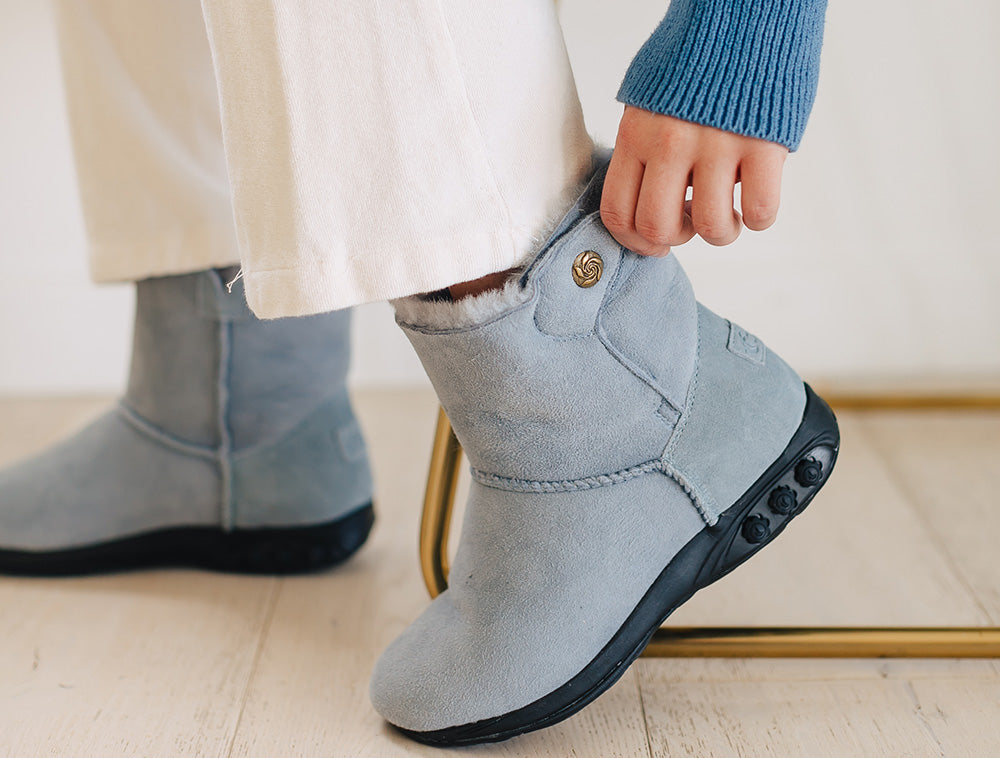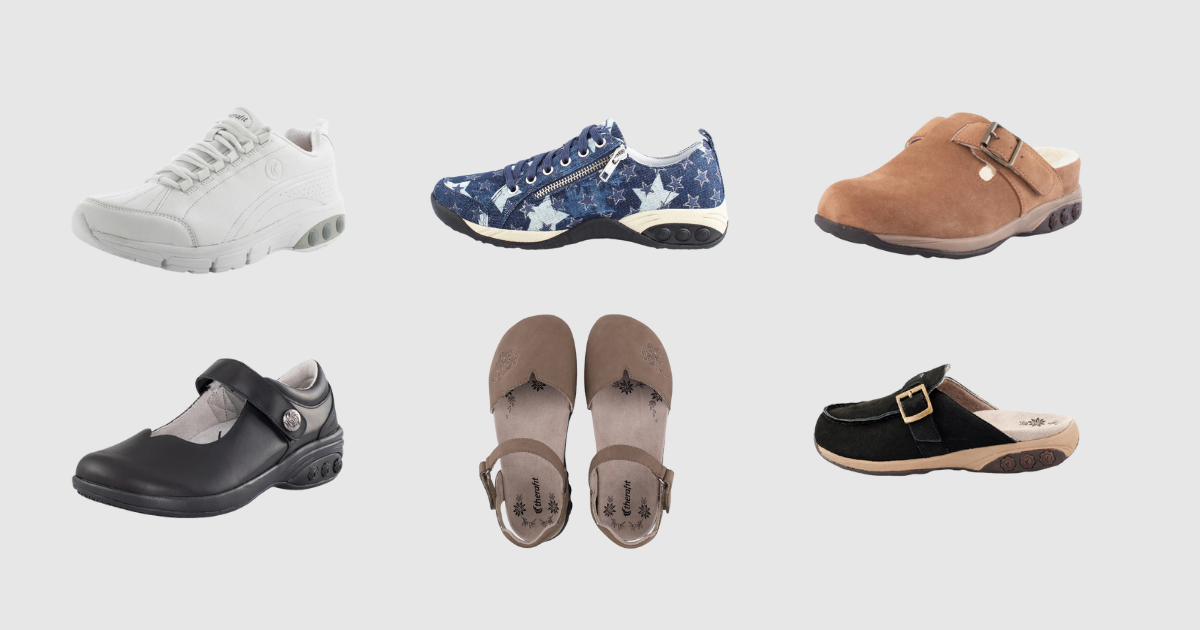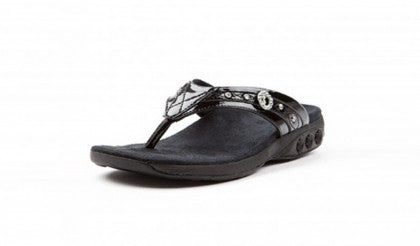How to Choose the Best Fitting Shoes for Cold Weather

Fall is here! We need to get prepared for winter shoe styles and some indoor activities. The holidays will have us busy with festivities. First Halloween with the children trick-or-treating. Then onto Thanksgiving and Christmas. What about those added tasks? How do we know our feet are ready for the holiday season?
Getting Ready for the Cold Months
Before the cooler weather kicks in, some casual sandals could be a nice final opportunity to let your feet breathe. Once that’s not an option anymore, pay attention to your feet to make sure you’re wearing appropriately sized casuals, athletics, boots and slippers.
For some people, feet become smaller in cooler climates and seasons. As this happens, your feet start to slide around inside of them.
Another problem is how you wear your shoes. If your shoe is not tied properly or the shoe is too big, then the foot slides, bangs around, and moves too much. This can cause over-use syndromes such as these:
- Arch strain
- Plantar fasciitis
- Achilles tendonitis
- Leg pains
- Shin splints
- Iliotibial band syndrome
If your feet move around too much inside the shoe, you’ll start to experience fatigue. Mostly you’ll feel it in your feet. But you might experience it in your legs as they try to balance your feet as they slide inside your shoes.
Sizing a Good Shoe for Cold Weather

Think about a Jeep with four-wheel drive bouncing through the desert: the driver and passengers get tossed around a lot. A seat belt is a nice way to stay secure and not get so beaten up in the ride!
Choose a shoe:
- 1: With a lacing feature, or a sandal with an adjustable strap around the back or ankle. These laces and straps are kind of like seat belts for our feet. They help keep them seated where they need to be inside the shoe.
- 2: That is wider in the sole area. With the fall season comes some rainy weather, and slipping and sliding can result in foot problems and falls.
These points mean you should have your feet measured for changes. Consider keeping track of the girth of the ball of your foot (the widest part of your foot) to know when to avoid those more stylish, but often narrow, shoes.
Keep in Mind…
A foot size that fluctuates a lot can be a sign of systemic issues: vascular, heart, even diabetes! Watch your feet for signs of changes and be proactive to keep your entire body healthy.As fall transitions into winter, be sure you don’t make your shoes too snug when you add a second layer of socks to keep your feet warm.
A woman’s foot size in high school can change up to two full shoe sizes as she matures into the golden years. Feet may contract with age, but most feet get wider and longer over time.
Don’t Compromise Your Foot Health for Style
Your safety and foot health depend on buying the best shoes for fall and winter. The first step in your purchase is finding the appropriate size. Then you can pull it all together with a pair of cozy indoor/outdoor slippers, cute pair of boots, or casual comfort shoes!




